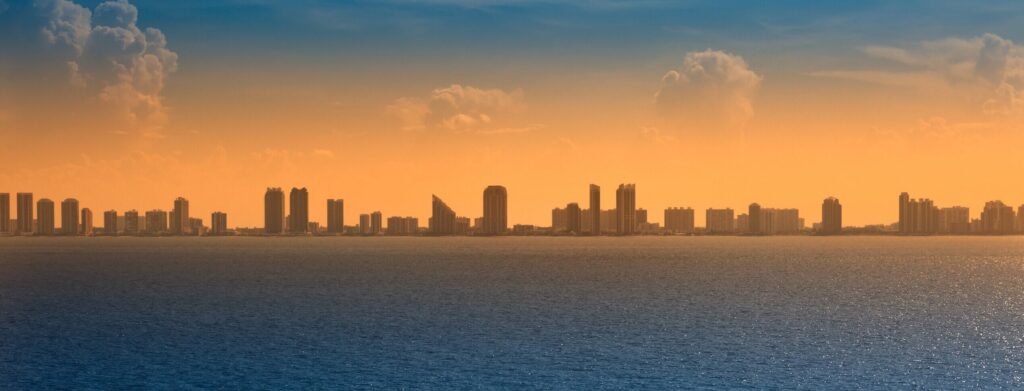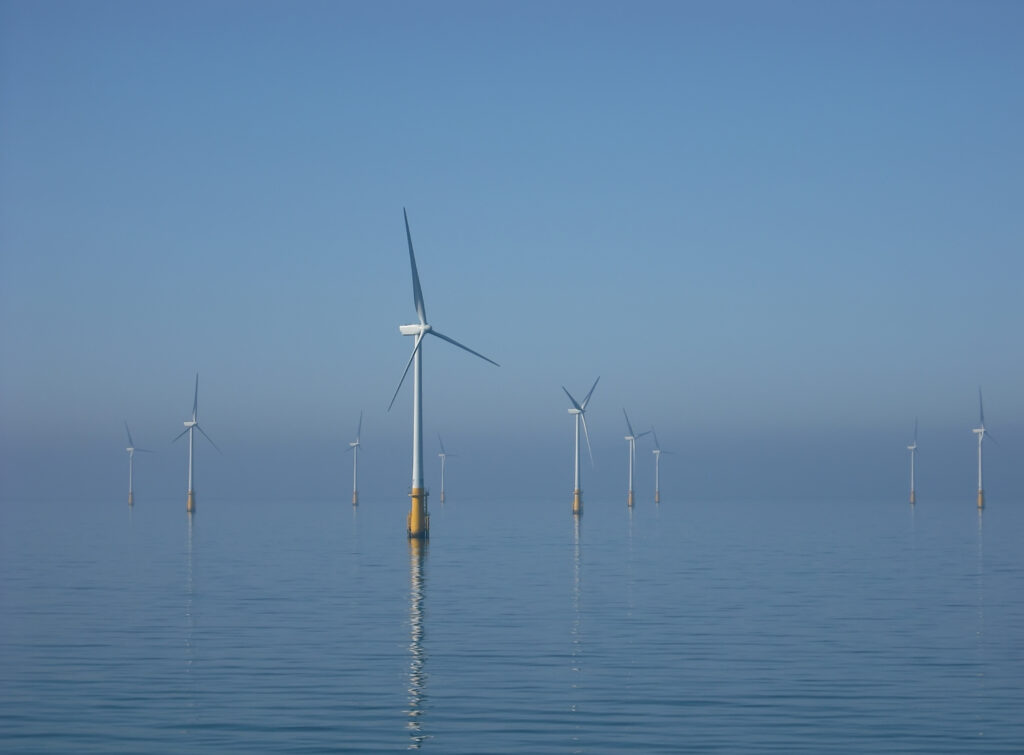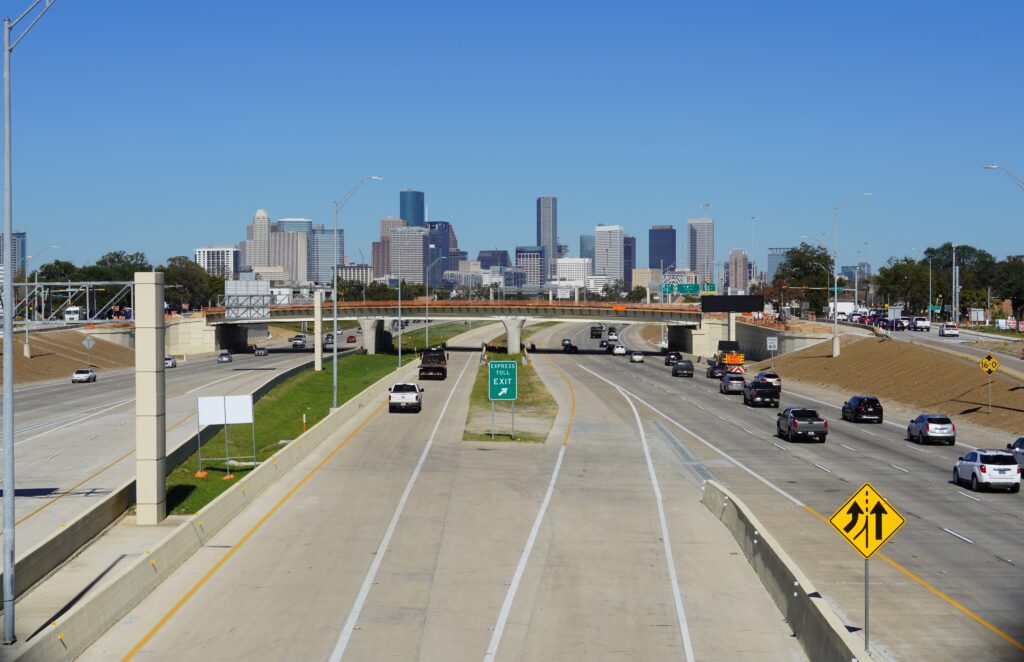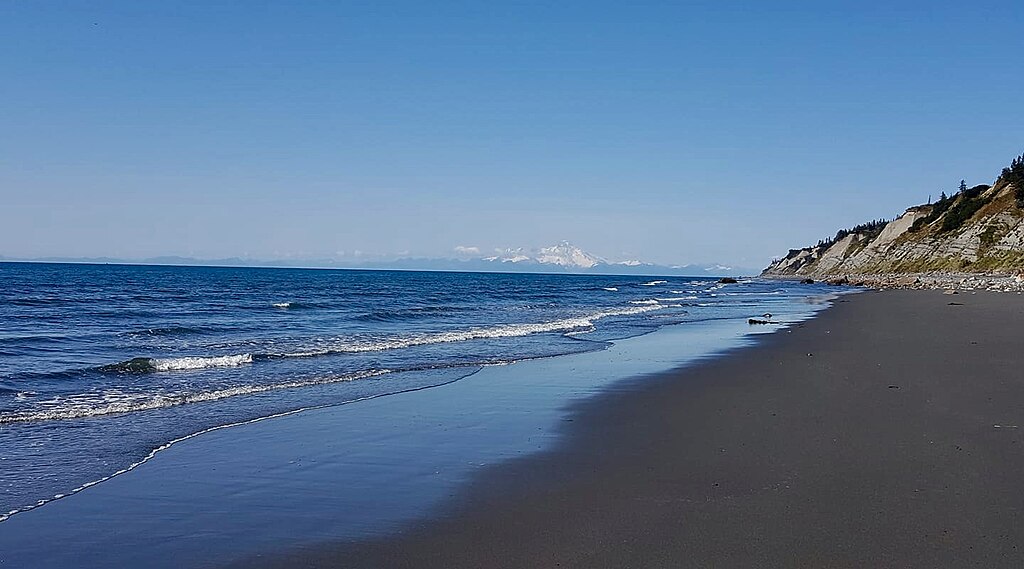Six bidders advance in Sizewell C round two
At least six potential investors have advanced in the second phase of the bidding process for equity stakes in the 3.2 GW Sizewell C nuclear power project in Suffolk, England, said sources familiar with the situation.
The UK government and French energy group EDF have picked the United Arab Emirates state nuclear company, Emirates Nuclear Energy Corporation (ENEC), and the UK’s largest energy supplier Centrica as two of the main bidders for part of the 30% stake in Sizewell up for grabs, said the sources.
Pension investor Universities Superannuation Scheme (USS), and fund managers Amber Infrastructure, Equitix and Schroders Greencoat have also been selected to continue in the process, according to the sources.
Final bids to raise a total of around GBP 6bn of equity for the GBP 20bn project are due in early June, they said, with one adding that the size could increase up to GBP 8bn.
Rothschild is advising Sizewell C on the process, while Barclays is working for the government.
A spokersperson for the Department for Energy Security and Net Zero, which is overseeing the process, said: “The commercial structure of the project is subject to ongoing development and commercially sensitive discussions. We cannot comment further at this time.”
ENEC, which is owned by Abu Dhabi’s sovereign wealth fund ADQ and is being advised by Perella Weinberg Partners, and London-listed Centrica, which is working with UBS, are gunning for the largest stakes of 10% or more, according to sources.
Centrica already owns a 20% stake in the UK’s five operational nuclear plants, alongside 80%-owner EDF. Its CEO Chris O’Shea confirmed Centrica is involved in the process during the presentation of the company’s latest annual results on 15 February, adding it is interested in investing “if the returns are in the right place and they compensate for the risk”.
ENEC is the lead sponsor of the 5.6 GW Barakah nuclear plant in Abu Dhabi, which can supply up to 25% of the UAE’s electricity needs. The project was the first nuclear plant in the Arab world and one of the last ones to be financed and built globally.
The other bidders involved are discussing taking stakes of under 10%, according to the sources. USS is working with advisor Gleacher Shacklock, Schroders Greencoat is advised by Jefferies, and Amber Infrastructure by Cantor Fitzgerald.
Sources said it is unclear whether Schroders Greencoat, Equitix and Amber will continue in the process, given the large size of the equity cheque required. However, the government is considering allowing bidders to take smaller tickets in a sell-down process after the larger investors have been selected and an equity value has been set, added one of the sources.
Suitors can team up in consortia now, another source said, although even if they bid separately the process is likely to result in a consortium being formed to take the 30% stake.
Bidders are effectively being asked to make offers based on their required returns, one source noted, and the government will set the project’s equity rate of return based on the lowest common denominator among successful bidders.
Sizewell C will be financed through a Regulated Asset Base (RAB) model, which the government expects will reduce the cost of financing by sharing construction risk between investors and consumers, compared to a model based on contracts for difference (CfDs) previously applied to nuclear plants.
If costs rise, the RAB can be increased and investors can still make their required returns, effectively passing part of the costs on to consumers, unlike under a CfD model where cost overruns eat more steeply into returns. The RAB model also brings revenues to the project earlier, during construction, reducing the build-up of interest on loans compared to a CfD, which starts generating income when the plant begins producing electricity.
Aside from equity from the shareholders, the government is working to raise debt financing to cover part of the costs via a government-guaranteed loan. HSBC has been appointed to advise on the debt financing, sources added.
The debt profile for Sizewell C is likely to resemble that of Thames Tideway Tunnel (TTT), a GBP 4.5bn sewerage project in London backed by investors including Amber, Allianz and Dalmore Capital and also funded on a RAB model. The scheme was 76% funded with debt, according to an investor report last November.
The UK is also expanding the use of RAB-backed funding models to the nascent carbon capture and storage industry, with the first of project, the Northern Endurance Partnership (NEP), hitting the debt market this month.
Sizewell C is set to meet about 7% of the UK’s power needs via two reactor units sitting next to the existing 1.2 GW Sizewell B plant, which has been operational since 1995 and is due to be decommissioned by 2035, although EDF is seeking an extension to 2055. Sizewell A was built in the 1960s and is being decommissioned after it was shut down in 2006.
The new reactors will be a replica of the 3.2 GW Hinkley Point C nuclear plant under construction in Somerset, which is backed by EDF and China General Nuclear, and is backed by a CfD.
The government started a hunt for investors in Sizewell C last September and drew non-binding bids in January. The process was launched after the government agreed to invest GBP 700m in November 2022 to take a 50% stake in the scheme, including buying out China General Nuclear’s 20%.
So far, the government has invested GBP 511m to continue the project’s development as well as promising an additional GBP 1.3bn for the construction of Sizewell C last month. The latest funding package will allow the early construction works for the project to continue ahead of a final investment decision later this year.
The government expects the fundraising process from private investors for Sizewell C to complete later this year.
The UK is developing new plants such as Sizewell C and Hinkley Point C to replace its ageing nuclear fleet. Over the past six years, nuclear power has generated 15-20% of Britain’s electricity needs. However, eight of the nine remaining reactors at the five existing plants – which represent 4.6 GW of the UK’s 5.8 GW current nuclear capacity – will be closed within this decade.
Sizewell C, Rothschild, USS, Amber Infrastructure, Cantor Fitzgerald and Schroders Greencoat spokespersons declined to comment for the article. EDF, Barclays, Centrica, ENEC, Equitix, UBS, Perella Weinberg Partners, Gleacher Shacklock, Jefferies and HSBC did not respond to requests for comment.










